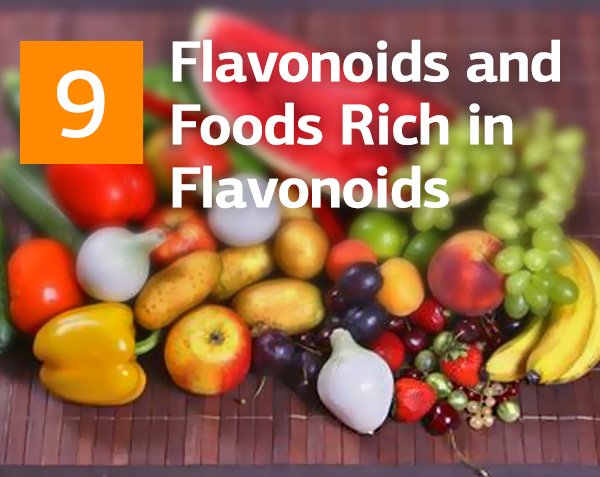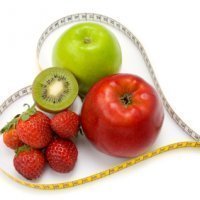Flavonoids and Best 9 Foods Rich in Flavonoids
Flavonoids are a quite remarkable group of phytonutrients that are famous for their rich diversity of colour-providing pigments (including the deep blue of blueberries and rich red of raspberries). Their name derives from the Latin word flavus meaning "yellow." As a group, however, flavonoids are highly bioactive and play a wide variety of different roles in the health of plants, animals, and humans. Flavonoids are best known for their antioxidant and anti-inflammatory effects as well as the support of the cardiovascular and nervous systems. Finally, numerous flavonoids have been shown to help prevent excessive clumping of platelet cells that could otherwise lead to unwanted clogging of the blood vessels.
Flavonoids are produced by plants, and plant foods are by far our greatest source of these health-supporting phytonutrients. Among all plant food groups, by far it's been fruits and vegetables that have been best studied and most analyzed for their flavonoid content. There is also flavonoid data on nuts and seeds, grains, beans and legumes, and other foods and beverages (for example, green and black tea). Daily total flavonoid consumption by an average adult is approximately 250-275 milligrams, with about half of total consumption coming in the form of flavonoids from black and green tea.
It is important to remember that flavonoids are a very large (more than 6,000 have been so far identified) and very diverse group of phytonutrients. Flavonoids are susceptible to damage by heat; they are also susceptible to damage over prolonged periods of time. This issue of time brings us to the benefits of fresh fruits and vegetables, which are likely to be the richer in flavonoids the fresher they are at the time of purchase. The issue of heat is one of the reasons against frying or lengthy cooking even at medium temperatures. Colour changes of the cooked food are one of the indicators you can use to determine whether the product was overcooked. If you boil or steam a product long enough to see its vibrant colours start to dull or disappear, you can be sure that you are losing too many valuable nutrients from this product, including its health-supportive flavonoids. Finally, it should be noted that flavonoids are often concentrated in the skins and outer layers of fruits and vegetables.
Interaction Of Flavonoids With Other Nutrients
A unique relationship exists between flavonoids and vitamin C. Flavonoids affect the transportation of vitamin C around the body, and they also help regulate the function of an enzyme called ascorbate oxidase, which converts vitamin C into a non-vitamin form (monodehydroascorbate). While the full meaning of these relationships is yet to be studied, it is clear that this phenomenon is special and unique. The uniqueness of their relationship makes sense to us since so many foods are high in both flavonoids and vitamin C.
Deficiency Of Flavonoids
As mentioned earlier, average consumption of flavonoids is much less than 1 gram per day (about 250-275 milligrams), with black and green tea serving as the number one source of these phytonutrients. Risk of dietary deficiency for flavonoids is basically synonymous with the low dietary intake of whole, natural foods, and in particular, low intake of vegetables and fruits. By far your best way to ensure ample flavonoid intake is to maximize your intake of whole natural foods, including fresh, brightly coloured vegetables and fruits whose flavonoid pigments provide them with their vibrant colours. This approach sounds simple, but it is a great method for increasing flavonoid intake. Overconsumption of processed foods, overcooking of foods, and low consumption of fresh vegetables and fruits are the primary circumstances related to deficiency. Flavonoids deficiency can be directly associated with poverty and general lack of access to fresh foods.
Dietary Toxicity Of Flavonoids
There is no evidence that dietary flavonoids can be directly toxic, even in meal plants that contain an abundance of fresh vegetables and fruits as well as an abundance of nuts, seeds, beans, legumes, and whole grains. In addition, since flavonoids are water-soluble, we would expect them to follow a pattern associated with other water-soluble nutrients. That pattern involves lower risk of toxicity than is associated with fat-soluble nutrients
Products Rich in Flavonoids
1. Red Bell Peppers or Sweet Peppers
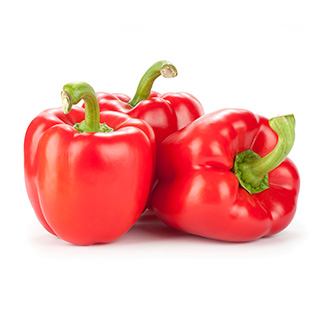
According to some medical sources, red peppers contain three times more vitamin C than orange juice. Scientists agree that raw bell peppers are an effective way to get bioflavonoids into the organism. Peppers are not only tasty vegetables, but also an eye-candy on your table.
2. Strawberries

These delicious red berries are a perfect source of bioflavonoids. Other berry types are similarly abundant in these kinds of antioxidants. This consequently leads to health benefits for berry-made wines and derivative foods. They can be taken raw or as an ingredient of a smoothie and still delight the eye and body.
3. Citrus Fruits

Oranges are a rich source of bioflavonoids. Lemons and limes, as well as peaches, nectarines and other fruits all contain vitamin C and bioflavonoid superoxidants. You can consume them raw, as fresh juice, put them into a salad or use as a trimming to the main dish.
4. Broccoli
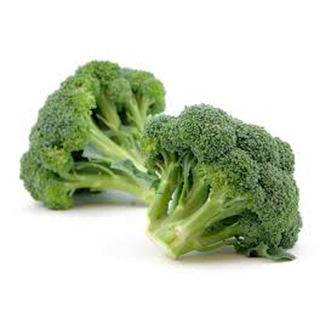
This green vegetable has a lot of vitamin C, as well as some other essential nutrients for a healthy diet. Broccoli is an excellent detox product. As with many other foods, it is advisable to consume broccoli raw for best results.
5. Brussels Sprouts
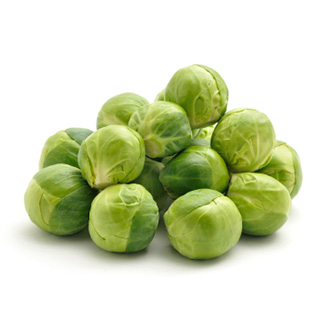
Add these cabbage type sprouts to your menu. Rich in antioxidants, they also provide their own unique taste for a delicious way to obtain bioflavonoids and vitamins. But, if you or your kids tend to dislike this vegetable, you can easily disguise it as a part of a salad and still benefit from flavonoids intake!
6. Tropical Fruits
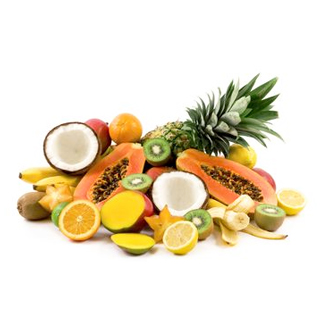
Exotic fruits, like mangoes and papayas, have a lot of bioflavonoids and other nutritional elements stored in and under their skins. They are becoming more accessible at supermarkets nowadays, so don’t miss out on what they have to offer.
7. Garlic

If there were superheroes amongst the vegetables, garlic would be definitely one of them. In different cultures, it has long been famous for its anti-inflammatory properties, but now scientists view it as one of the natural foods richest in bioflavonoids, and therefore able to deliver theantioxidant values we associate with “healing foods.”
8. Spinach
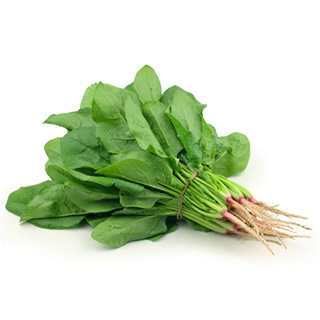
Popeye the Sailor Man wasn’t kidding: this plant has all the qualities you would associate with a green vegetable rich in antioxidants. Spinach is a good all-purpose nutrient – try to replace lettuce with spinach in salads and boost their health-supporting powers!
9. Teas
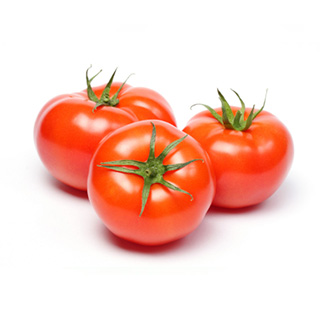
Green tea and other teas are known to contain a lot of powerful nutrients and microelements that contribute to longevity and good health. Lots of caffeine drinkers who care for their health are switching from coffee to tea to get the effects of essential vitamins in their morning drinks. They know, flourishing health determines everything: from good mood to career progress.
